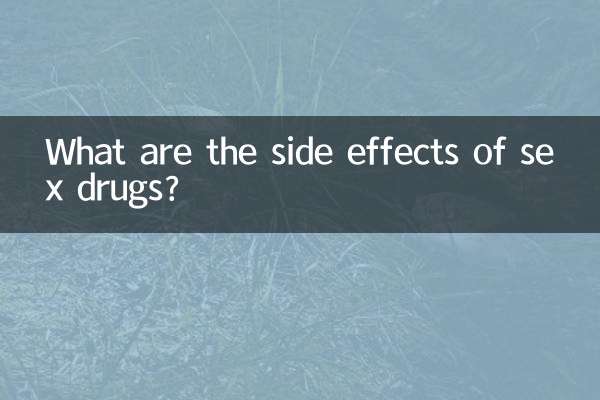What medicine is used for buttock folliculitis?
Folliculitis on the buttocks is a common skin problem usually caused by a bacterial infection and manifests as redness, pain, or pustules. In recent years, with the improvement of health awareness, there has been an increasing discussion about the medication and treatment of buttock folliculitis. This article will combine the hot topics and hot content on the Internet in the past 10 days to give you a detailed introduction to the medication regimen for buttock folliculitis and provide structured data for reference.
1. Common symptoms of buttock folliculitis

The main symptoms of buttock folliculitis include redness, pain, itching, and pustule formation. In severe cases, it may be accompanied by fever or swollen lymph nodes. Here is a summary of common symptoms:
| symptom | describe |
|---|---|
| Redness and swelling | Redness and swelling of the skin around hair follicles |
| pain | Obvious pain when touched |
| Pustules | White or yellow pustules form on the hair follicles |
| itching | Some patients may experience mild itching |
2. Commonly used drugs for buttock folliculitis
The drugs for treating buttock folliculitis mainly include topical antibiotics, oral antibiotics and anti-inflammatory drugs. The following are several drugs that have been discussed more frequently on the Internet in the past 10 days:
| drug type | Drug name | effect |
|---|---|---|
| topical antibiotics | mupirocin ointment | Kill bacteria and relieve redness and swelling |
| topical antibiotics | Fusidic acid cream | Inhibit bacterial growth |
| oral antibiotics | Cephalexin | for more serious infections |
| oral antibiotics | amoxicillin | Broad spectrum antibiotic for many infections |
| anti-inflammatory drugs | hydrocortisone ointment | Reduce inflammation and itching |
3. How to choose the medicine that suits you?
The choice of medication needs to be based on the severity of the condition and personal constitution. Mild folliculitis usually requires only topical antibiotics, while severe infections may require oral antibiotics. Here are some suggestions for choosing your medication:
1.mild symptoms: Topical mupirocin ointment or fusidic acid cream, apply 2-3 times a day.
2.moderate symptoms: Topical antibiotics combined with oral antibiotics (such as cephalexin), the course of treatment is usually 5-7 days.
3.severe symptoms: It is recommended to seek medical treatment, and the doctor may prescribe stronger antibiotics or other treatments.
4. Hot topics across the network and discussed with users
Through the analysis of the entire network data in the past 10 days, we found that the following topics are frequently discussed on social media and health forums:
| hot topics | Discussion popularity |
|---|---|
| Can buttock folliculitis heal on its own? | high |
| What lifestyle habits can aggravate folliculitis? | middle |
| How to prevent buttocks folliculitis? | high |
| Side effects of topical antibiotics | middle |
5. Tips to prevent buttock folliculitis
In addition to drug treatment, prevention is equally important. The following are prevention suggestions shared by users across the Internet:
1. Keep your buttocks clean and dry and avoid wearing tight clothing for long periods of time.
2. Use a mild shower gel to avoid damaging the skin barrier due to excessive cleansing.
3. Change underwear frequently and choose cotton fabrics with good breathability.
4. Avoid sitting for long periods of time and do appropriate activities to promote blood circulation.
Conclusion
Although buttock folliculitis is common, it can be effectively relieved and avoided with proper medication and preventive measures. If symptoms persist or worsen, it is recommended to seek medical advice promptly to obtain more professional treatment advice. I hope the structured data and network-wide hotspot analysis in this article can provide you with valuable reference!

check the details

check the details